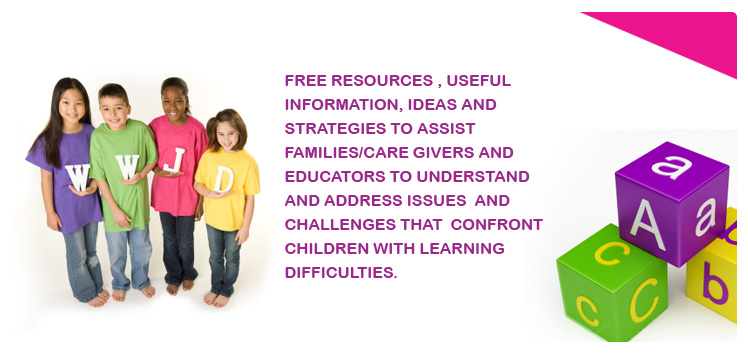

Comprehension
The definition of “comprehension” is the “action of understanding. The ability to understand; a range of understanding”.
To comprehend something is to understand or appreciate it.
For children to understand and appreciate the book they are reading, they need to process the information being received and draw conclusions about the story. If they are fixated on words, this comprehension process breaks down and it becomes extremely difficult to remember the story line and it becomes really…..

Comprehension skills relate to all aspects of a child’s learning and it is essential that we make sure they have understood what they have read by gaining feedback from them. For children with short term memory problems or slow central auditory processing, this is particularly important. They need extra time to work things out but learning to think about each part of the story is a great start.
Ask questions during the story like :
What do you think will happen next?
Why do you think ……………..?
Ask questions at the end of the story such as :
Who were the characters?
Where did the story take place? (The setting)
What happened?
How did it end?
Ask questions where the answers are not directly in the text but are implied (inferential questions)
“what was the weather like?”
“how do you think Grandma was feeling?”
In the story, it might have stated “Grandma sat by the fire knitting a scarf” or “she shut her umbrella and wiped her feet before she walked through the door.”
This is not so much much about getting it right or wrong but encouraging a child to draw conclusions from the text. Rather use it as a discussion base to make the child think about the various possibilities. For example, the fireplace might not have had a fire in it but that is where Grandma always sat OR maybe she always wiped her feet and had used the umbrella as a sunshade!!
This motivates children to “read between the lines” when something is inferred (deduced from evidence and reasoning) but not actually stated. These types of comprehension questions become more common as children move from primary school to Secondary school. The more help they get with this type of thinking, the better equipped they will be to answer them.
For Visual Learners, it helps to get them to close their eyes and try to picture the story in their head before answering questions.
© Playground Sound
This website has been made possible thanks to Layne Beachley’s “Aim for the Stars” Foundation.
The definition of “comprehension” is the “action of understanding. The ability to understand; a range of understanding”.
To comprehend something is to understand or appreciate it.
For children to understand and appreciate the book they are reading, they need to process the information being received and draw conclusions about the story. If they are fixated on words, this comprehension process breaks down and it becomes extremely difficult to remember the story line and it becomes really…..

Comprehension skills relate to all aspects of a child’s learning and it is essential that we make sure they have understood what they have read by gaining feedback from them. For children with short term memory problems or slow central auditory processing, this is particularly important. They need extra time to work things out but learning to think about each part of the story is a great start.
Ask questions during the story like :
What do you think will happen next?
Why do you think ……………..?
Ask questions at the end of the story such as :
Who were the characters?
Where did the story take place? (The setting)
What happened?
How did it end?
Ask questions where the answers are not directly in the text but are implied (inferential questions)
“what was the weather like?”
“how do you think Grandma was feeling?”
In the story, it might have stated “Grandma sat by the fire knitting a scarf” or “she shut her umbrella and wiped her feet before she walked through the door.”
This is not so much much about getting it right or wrong but encouraging a child to draw conclusions from the text. Rather use it as a discussion base to make the child think about the various possibilities. For example, the fireplace might not have had a fire in it but that is where Grandma always sat OR maybe she always wiped her feet and had used the umbrella as a sunshade!!
This motivates children to “read between the lines” when something is inferred (deduced from evidence and reasoning) but not actually stated. These types of comprehension questions become more common as children move from primary school to Secondary school. The more help they get with this type of thinking, the better equipped they will be to answer them.
For Visual Learners, it helps to get them to close their eyes and try to picture the story in their head before answering questions.
© Playground Sound
This website has been made possible thanks to Layne Beachley’s “Aim for the Stars” Foundation.